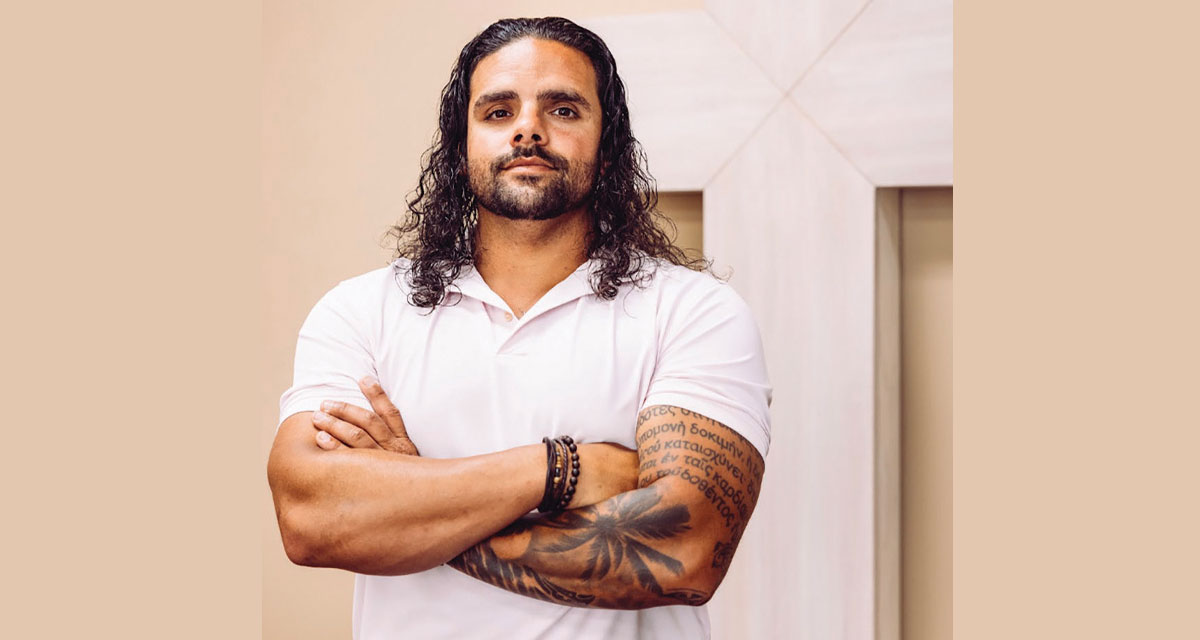Being Concise – Using Less to Say More
BY JEN OLENICZAK BROWN
We’ve all been in that conversation.
You know the one. Someone makes a comment or asks a question, and the response seems to go on forever. It’s not that complicated of a question and didn’t necessitate that much of an answer – but the person talking (maybe it’s YOU!) just keeps on talking.
Cringe, right? Both for the person talking, folks listening – and this isn’t all the time, right? Sometimes we want a long story with all of the details. Unfortunately, being tangential isn’t always the most helpful personality trait. The ability to be concise is a challenge for many people, specifically because of nervousness. You might worry about who you’re in front of, what they are thinking, what decisions they are making about what you’re saying – and what’s worse, a nervous speaker might use over 100 words to express what a concise speaker might say in 20.
Being concise is a skill set that can assist in focusing an audience, being persuasive, and showing confidence. But you probably already know that – the real question is, how do we move from a place of nervous chatter to one of concise confidence?
If you’re answering a question, answer it.
One of the biggest mistakes I see when people are talking too much? They are talking around answers. The focus is so often on over-explaining that they forget to answer the question.
This one is an easy fix: make sure you answer the question first! If someone asks you a question, make a point to answer it first, before you start going into a story that goes with the answer or the details around the answer. This might sound simple but takes a conscious focus. This particular oversharing of information often happens in job interviews or high career stress situations, so be especially mindful!
Try a summary.
This next tip takes some homework: select something to read or talk about. Pretend that someone asks you to tell them about it, and start answering the pretend question. Time yourself, and see how long it takes. After you’ve done this once, take whatever time you spoke and cut it in half. This is the new time you have to answer the question.
For example, if you took 2 minutes to answer a question about plants, or talk about plants, now try to answer that same question in 1 minute. After you do that – try for 45 seconds, or even 30. While you’re not going to time yourself for questions or make sure you only say certain things – this activity can help you get to the point as quickly as possible. You might want to give details – make sure folks want to hear them. Start with the answer, THEN go into more details!
Take pauses.
A lot of the time when people aren’t concise, they also don’t take pauses. If you start overexplaining things, take a breath and a moment to pause. This will help you get into a habit of speaking in chunks of essential information.
Instead of rattling on for too long, stop from time to time and check in with your listeners. Questions like, “Does that make sense?” or checking for similar experiences can only enhance engagement versus boring your listeners!
Eliminate excess.
Do you ever say things like “you know” or “as I said before” or “I just wanted to tell you”? These are all fillers. You can skip saying these things that don’t add to your point – all these fillers do? Add words and lessen the likelihood that people will listen to what you have to say. Words are currency – don’t waste money.






















